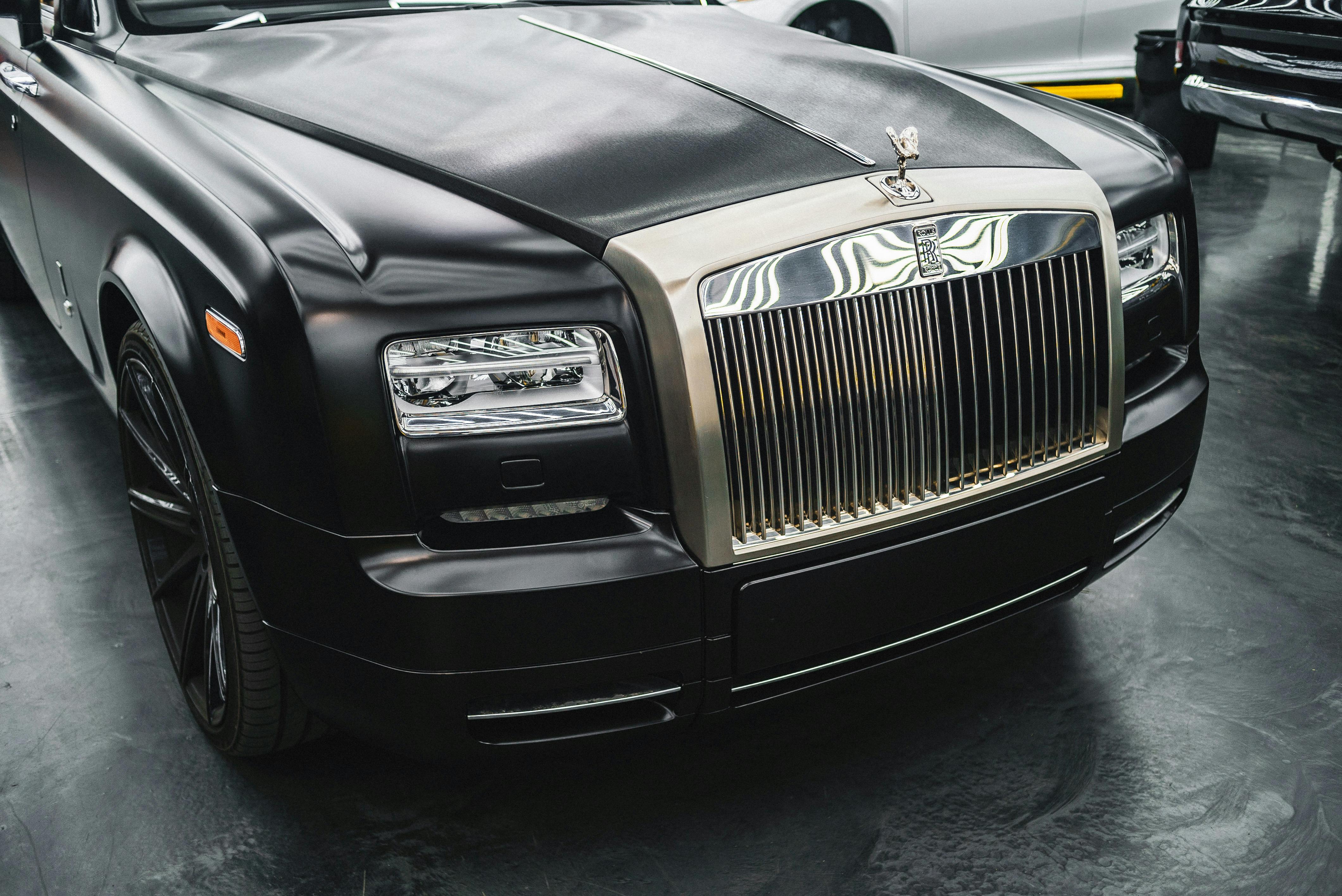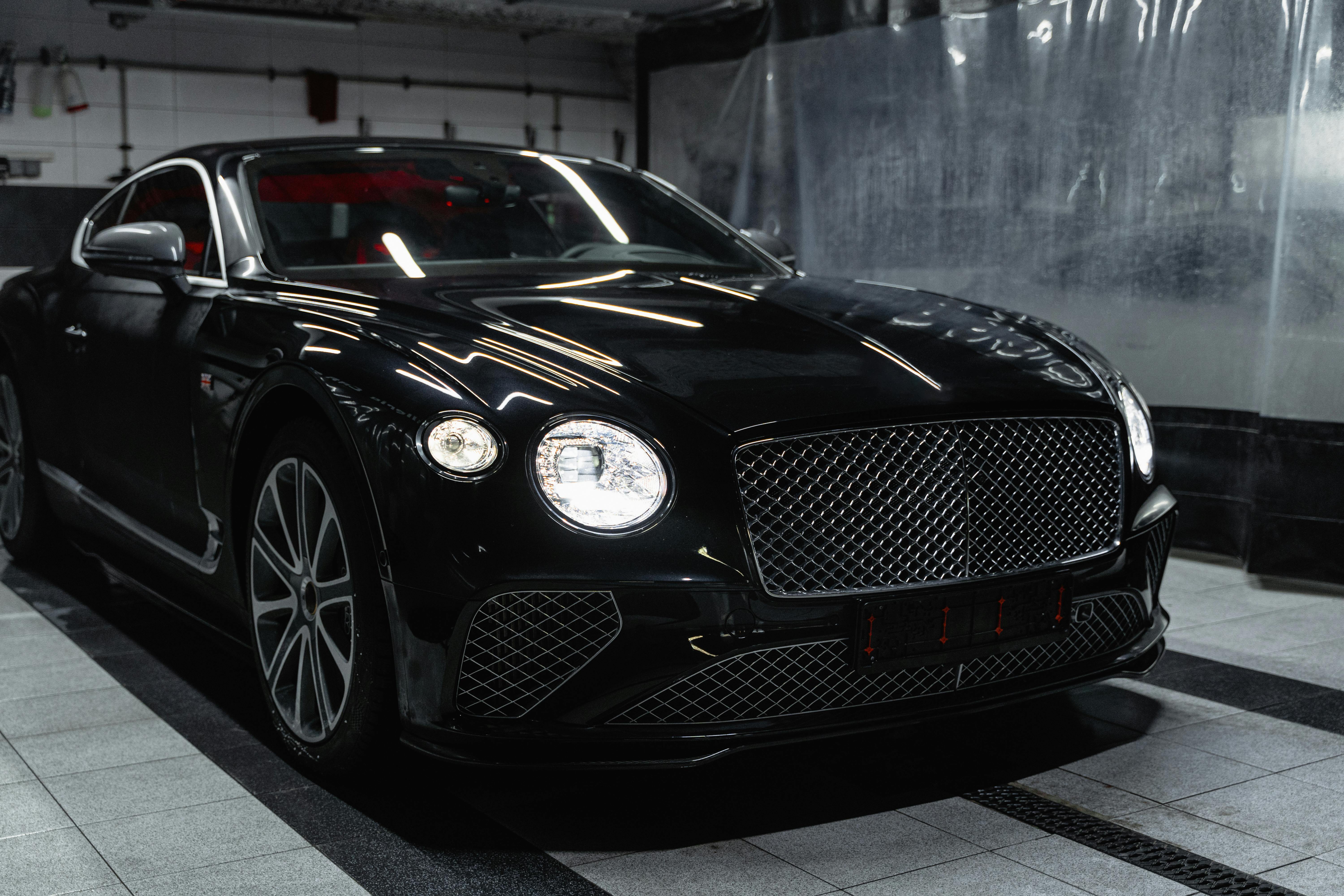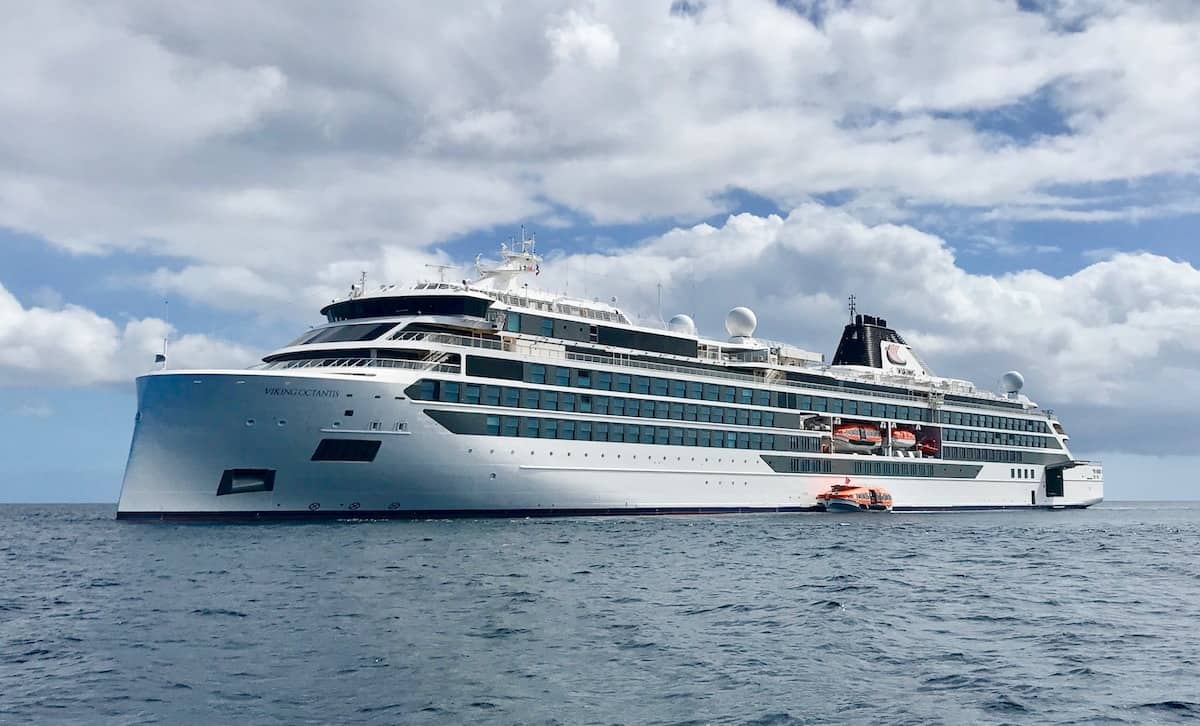First Class vs Private Jet: Which Luxury Travel Experience Is Better?
For the ultra-wealthy and discerning travelers, the debate between first-class commercial flights and private jet travel is a hot topic. Both offer unparalleled comfort, exclusivity, and premium service—but which one truly delivers the ultimate luxury travel experience?
In this guide, we’ll compare first-class airline suites (like Emirates First Class) with private flying to help you decide which option aligns best with your travel style, budget, and expectations.
1. Comfort & Privacy
First Class: The Pinnacle of Commercial Luxury
Spacious suites with lie-flat beds (e.g., Emirates First Class features fully enclosed cabins).
High-end amenities like PYE pajamas, premium skincare products, and gourmet dining.
Limited privacy compared to private jets (still surrounded by other passengers).
Private Jet: Total Exclusivity
Your own aircraft—no strangers, no crowds.
Custom interiors (some jets feature bedrooms, showers, and lounges).
Complete control over who’s on board (ideal for celebrities and executives).
Verdict: Private jets win for privacy and personalization, while first class offers luxury within a shared space.
2. Convenience & Flexibility
First Class: Scheduled but Seamless
Fixed departure times (must adhere to airline schedules).
Access to VIP lounges (e.g., Emirates’ First Class Lounge in Dubai with spa treatments).
Global network (easy to book last-minute on major routes).
Private Jet: Fly on Your Terms
Depart anytime—no waiting for boarding calls.
Access to smaller airports (avoiding major hubs like JFK or LAX).
No baggage limits (pack as much as you want).
Verdict: Private jets offer unmatched flexibility, while first class provides luxury within a structured system.
3. Cost: Is a Private Jet Worth It?
First Class: High but Predictable Pricing
$5,000–$20,000 per ticket (depending on route and airline).
Can be booked with points/miles (e.g., 150,000–300,000 airline miles for Emirates First Class).
Private Jet: The Billionaire’s Choice
$10,000–$150,000+ per flight (depending on jet size and distance).
Empty-leg deals can reduce costs (sometimes 50–70% off).
Membership programs (like NetJets) offer fractional ownership.
Verdict: First class is more affordable, but private jets provide exclusivity at a premium.
4. Service & Personalization
First Class: White-Glove Treatment
Dedicated flight attendants (some airlines offer butler service).
Michelin-starred meals and premium champagne (Dom Pérignon, Krug).
Entertainment systems with large screens and noise-canceling headphones.
Private Jet: Bespoke Luxury
Personal chef options (meals tailored to your preferences).
Customized cabin setup (temperature, lighting, music).
No fixed rules—want to sleep at 40,000 feet? No problem.
Verdict: Private jets provide hyper-personalized service, while first class delivers a refined but standardized experience.
5. The Experience: Travel Like a Billionaire
First Class Highlights
- Emirates A380 Shower Spa (freshen up mid-flight).
- Singapore Airlines’ The Suite (double-bed cabins).
- Qatar Airways Qsuite (convertible social space).
Private Jet Perks
- Skip security lines (private terminals like FBOs).
- Bring pets without restrictions.
- Host meetings or parties mid-air.
Final Verdict: Which Should You Choose?
Fly First Class If You…
✅ Want luxury at a (relatively) lower cost.
✅ Enjoy airline perks (lounge access, frequent flyer miles).
✅ Don’t mind traveling on a set schedule.
Choose a Private Jet If You…
✅ Demand total privacy and flexibility.
✅ Prefer personalized service (no shared cabin).
✅ Can justify the premium cost for exclusivity.
The Ultimate Choice?
For sheer prestige and convenience, private jets win. But if you want a taste of billionaire travel without the extreme cost, first class (especially Emirates or Singapore Airlines) is unbeatable.












:max_bytes(150000):strip_icc():format(webp)/TAL-carnival-celebration-CARNIVALSHIPS1223-1e1feaf195964a5d912029893bfaa129.jpg)





